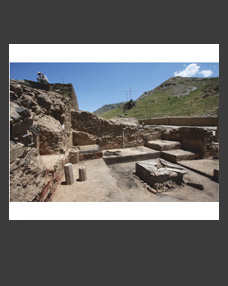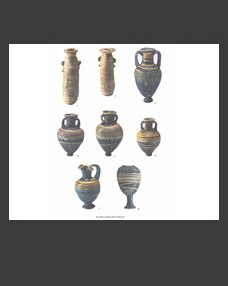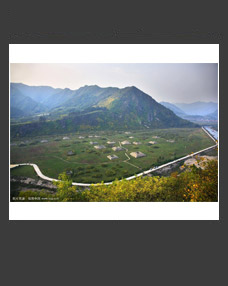 Wang Qingtian* and Jia Xiaolu**
Wang Qingtian* and Jia Xiaolu**
Yanshan University, Qinhuangdao, China
*E-mail: wangqingtian007@163.com
**E-mail: jia_xiaolu007@163.com
Keywords: archaeological site parks, history of China, archaeology, historical interpretation, interpretativity, archaeological research, museumification, archaeological museum.
Modern China is seeing an increase in the number of national archaeological site parks. As of today, this status has been awarded to 55 sites so far, 12 of which are already actively functioning and successfully developing. Their planning, construction and operation began in the 1990s, mainly in the North-East of China due to the fact that large-scale archaeological exploration began in these regions. The creation of such parks was aimed at preserving and presenting to the public the results of archaeological research, with a focus on the continuity between polities of the past and modern China. Every one of these parks contains ruins of palaces, temples, tombs, entire cities and other architectural structures, once massive and mighty. Even though separated by distance, architectural sites within these parks are interconnected and form an ecosystem. In addition to that, strong ties are formed between the sites and the spaces of modern buildings and metropolises surrounding the archaeological relics, while also creating a connection with the lives of city-dwellers and tourists. In order to bring about this setup, specific ways of presenting these relics to the public and of creating a figuratively-spatial representation of their meaning are being developed.
DOI: 10.31857/S0869606325010123, EDN: BGHWGJ







